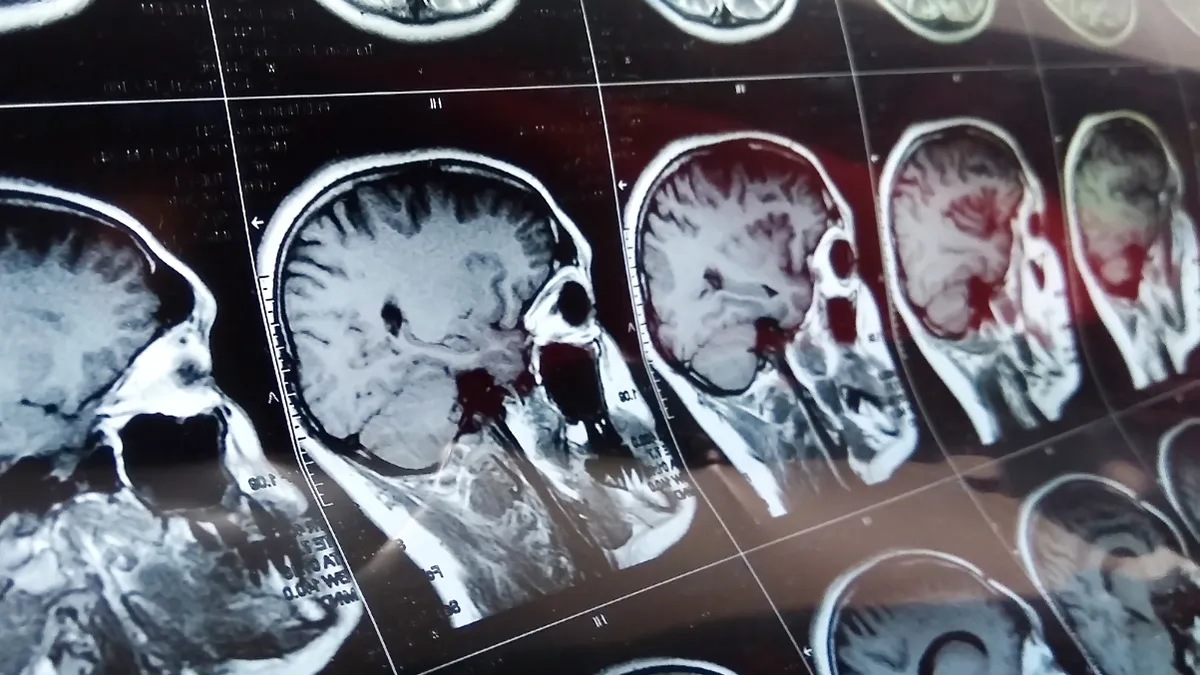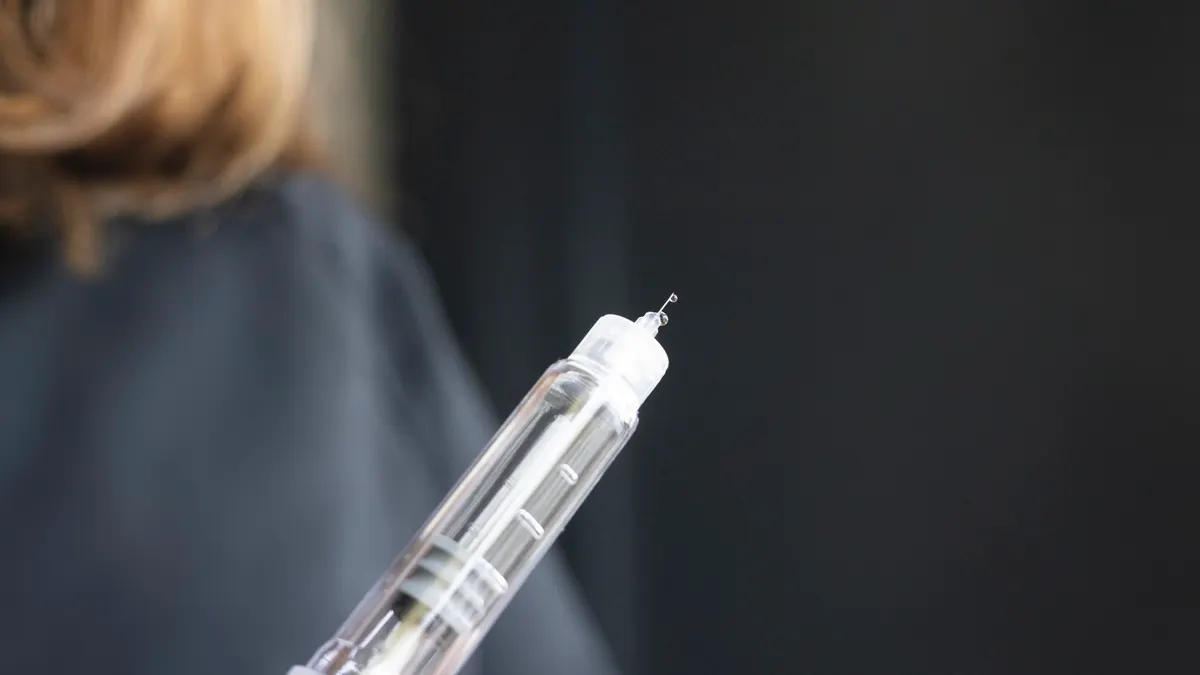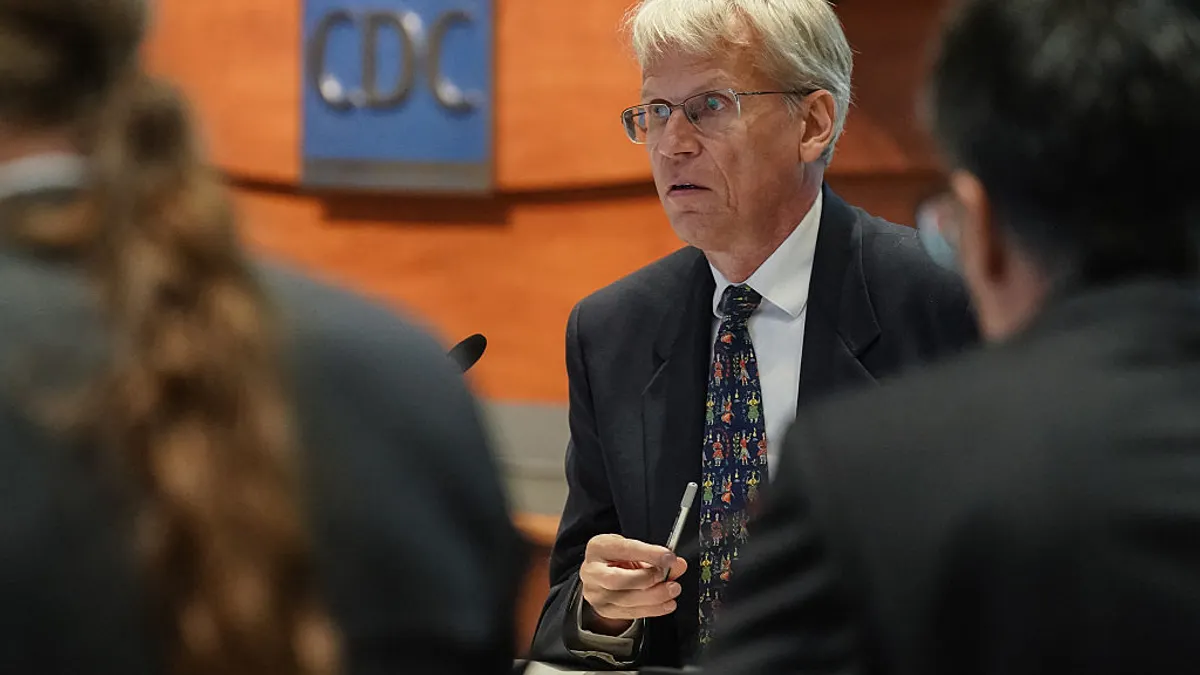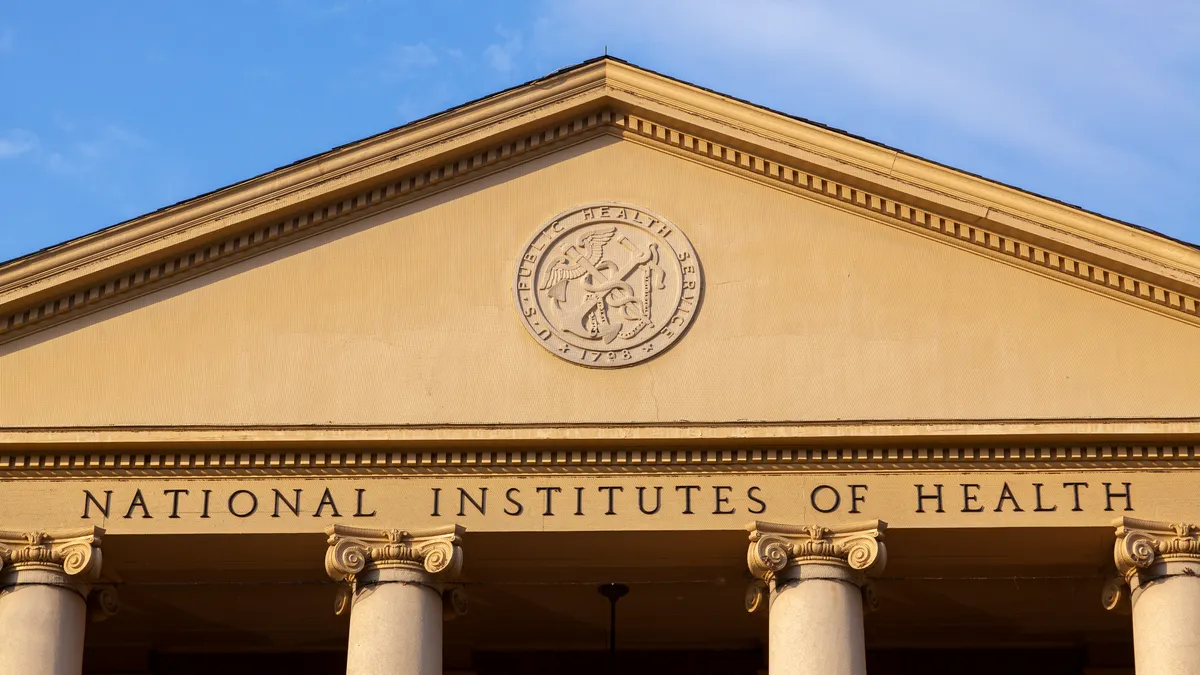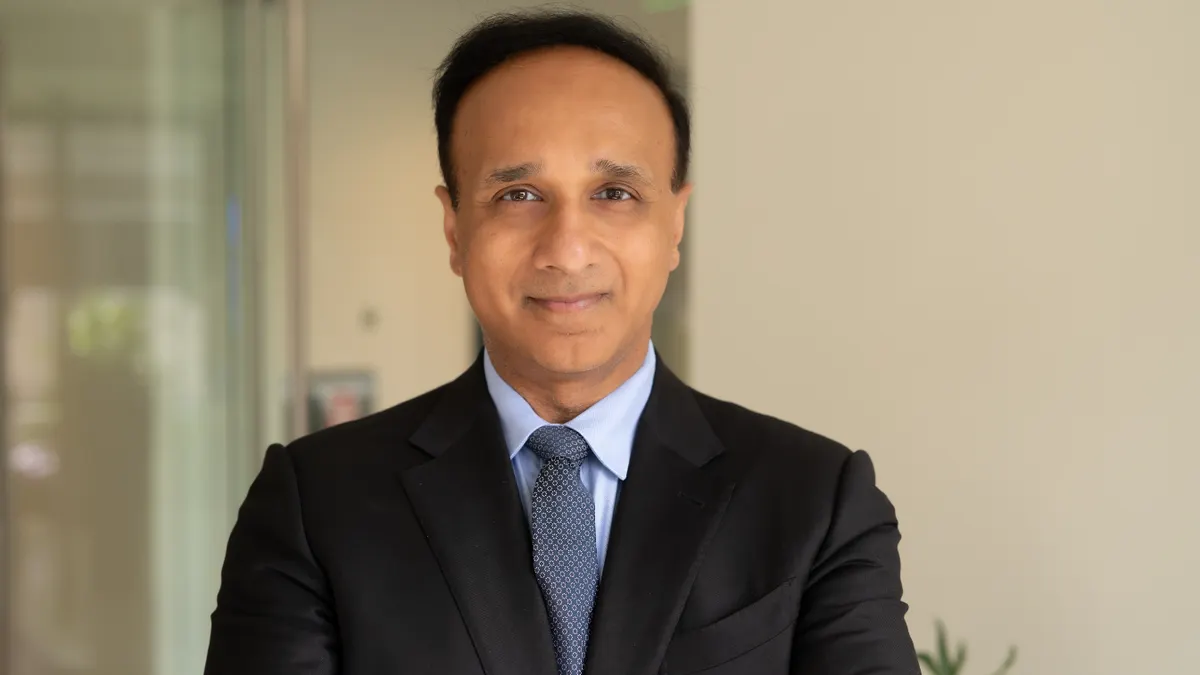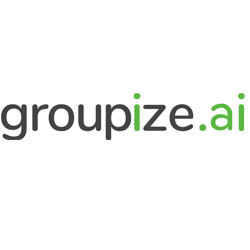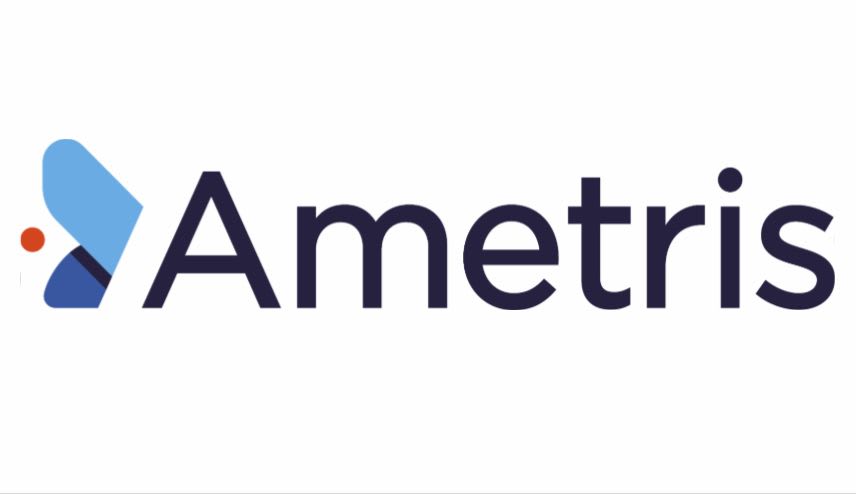When doctors at Boston’s Massachusetts General Hospital infused a next-generation CAR-T cell therapy into three patients with glioblastoma it produced a stunning response.
Within days, one patient’s brain tumor shrunk by more than 18%, and by day 69, more than 60%. It stayed in check for more than six months. Two tumors in the same phase 1 trial diminished, and one almost completely disappeared within five days. Unfortunately, all the patients saw their cancer return, and researchers are now searching for ways to create a more lasting effect.
While this early-stage effort wasn’t a cure, it marked one of many positive recent milestones in the quest to treat the deadliest form of brain cancer, also known as glioblastoma multiforme, which accounts for 15% of all brain cancers. Treatment outcomes have been abysmal and stagnant for decades. Only 25% of patients survive more than a year.
“In recent years, immunotherapy has been hailed as the hero for many hard-to-treat oncology indications providing patients with improved prognoses, and it looks as though it could also be the future in glioblastoma treatment,” said Flora Mackay, a senior analyst at Citeline, in an email. “Though attempts to bring immunotherapy to the glioblastoma market thus far have been lackluster, with most agents failing phase 2 studies, there remains a lot of hope for these regimens with investment turning to combinatorial approaches.”
Doctors treating glioblastoma patients typically turn to surgery, radiation, and chemotherapy. Merck & Co.’s temozolomide is the standard option, but more than half of patients don’t respond to it, Mackay said.
“Despite prior tribulations for several of the therapeutic classes, innovation hasn’t ceased."

Flora Mackay
Senior analyst, Citeline
“Prognosis remains dismal with [temozolomide] treatment leading to overall survival of just over one year,” she said.
For those whose tumors come back after the first round of treatment, options are even more scarce. Recurrent glioblastoma has no standard-of-care treatment, but doctors often use a chemo drug called lomustine, which has a response rate of around 10% and a median progression-free survival of around two months. A small subset of patients has two newer, more targeted options, Voranigo, from Servier Pharmaceuticals, and a combination therapy, Tafinlar and Mekinist, from Novartis.
A busy pipeline
While progress has been slow, a robust search is underway for better options. Researchers are conducting more than 640 glioblastoma trials around the world.
“Immunotherapies represent a significant portion of the pipeline, with just under 50% of ongoing global trials for glioblastoma investigating an agent of immunological therapeutic class,” Mackay said. “The immunotherapies under investigation include CAR-T cells, CAR-NK cells, bispecific CAR constructs, dendritic cell vaccines, immune checkpoint inhibitors and oncolytic viruses.”
Gilead’s cell therapy division Kite is backing a multi-pronged CAR-T cell approach, now in phase 1, to hit multiple tumor targets to improve success. Within two days, the treatment shrunk tumors in all six patients, while maintaining the effect in some of them for several months.
Mackay pointed out that oncolytic viruses are another promising avenue of treatment. Mustang Bio and City of Hope saw some success in phase 1 with their combination CAR T-cell and oncolytic virus combination treatment IL13Ra2, which extended the lives of people in the trial, including one who has been tumor-free for more than five years.
“Despite prior tribulations for several of the therapeutic classes, innovation hasn’t ceased with next-generation drugs continuously being explored, as seen with immune checkpoint inhibitors, EGFR inhibitors, and PI3K inhibitors alike,” Mackay said.
Companies working in this space include Erasca with its EGFR inhibitor, ERAS-801, which got FDA fast track designation in 2023; Black Diamond Therapeutics, with its phase 1 EGFR inhibitor BDTX-1535; and paxalisib from Kazia Therapeutics, a PI3K inhibitor licensed from Genentech. Merck is also testing the versatile blockbuster Keytruda in a phase 2 study for recurrent glioblastoma.
Lingering challenges
While research may be turning a corner, a game-changing option for patients is probably still years away, Mackay said. Glioblastoma treatments have high hurdles to overcome.
Tumor cells vary, and can pivot quickly to evade the immune system, and researchers also face the challenge of getting drugs past the blood-brain barrier. They’re trying to sneak them past using strategies such as targeted ultrasonic waves, MRI-guided focused ultrasound, efflux transporter inhibitors and nanoparticles, Mackay said.
“Nanoparticles are small enough to permeate the blood-brain barrier and can be used to encapsulate drugs, delivering the therapeutic payload to glioblastoma tumors that were previously inaccessible,” she said.
BPGbio is testing a nano-lipid molecule, BPM31510, in combination with vitamin K1 in people just diagnosed with glioblastoma, Mackay said.
But because many promising options are in the early stages, it’s unlikely that a radical transformation in glioblastoma care will occur in the next five years, she said.
“The challenges posed by this hard-to-treat disease means many agents struggle to progress past phase 2 studies,” Mackay said. “The probability of success for a drug to advance past phase 2 in the glioblastoma space sits at a mere 28% and drops even further to 11.1% for advancement past phase 3 investigations.”
But there are hopeful signs for the future.
“While the recent developments in the glioblastoma space symbolize a long-awaited transformation to the previously stagnant paradigm, it is undeniable that further innovation and revolution is urgently needed to improve patient outcomes in one of the highest unmet needs in the oncology market,” Mackay said.


